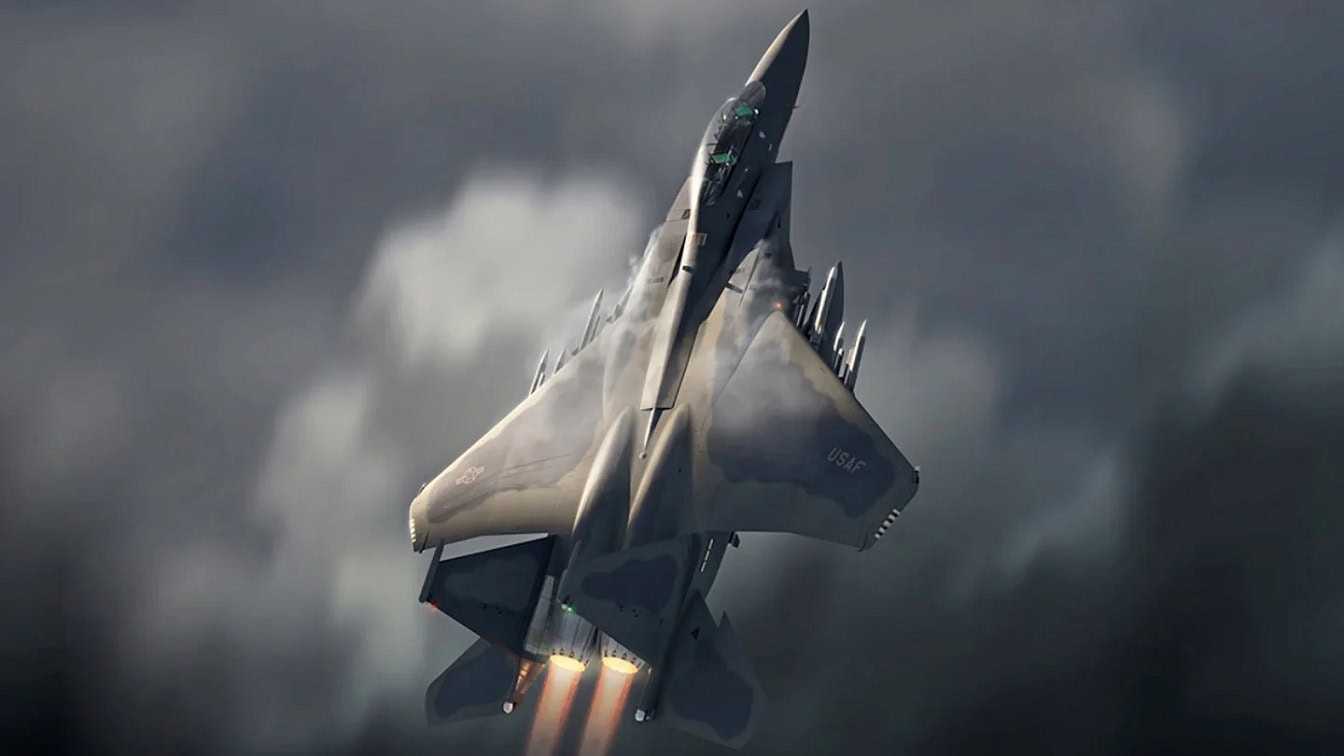The President’s Fiscal Year 2025 Budget Request was recently released. It describes a bleak outlook for U.S. military readiness, specifically regarding America’s aerial forces.
Over the past several years, the U.S. Air Force (USAF) has embarked on a mission called “Accelerate Change or Lose.” It outlines the need for modernization for the demands of future conflicts with threats growing more capable every day while maintaining readiness for the battles of today. Then USAF Chief-of-Staff Gen. Charles Q. Brown Jr. said the force must meet the challenges of today’s complex security environment or “risk losing the certainty with which we have defended our national interests for decades.”
There are many difficulties facing all service branches, including an increasingly challenging recruitment landscape and low personnel sustainment rates. Looming Budget cutbacks impact every part of military service, specifically regarding resources and battle readiness. This is a problem that branches like the Air Force have been working to solve but they need congressional cooperation to meet minimum readiness standards.
Chief Brown conceded in his remarks that “the budget has already hit the high-water mark for the Department of Defense” and that the Air Force must “make some tough decisions.” Four years later, his words are still true. Those “tough decisions” have materialized into drawing down the U.S. fleet to dangerously low levels. Worse, of the existing fleet, readiness levels are dismal.
The Government Accountability Office (GAO) issued a report declaring only two of the U.S. military aircraft types out of the 49 evaluated met their mission-capable goal in fiscal year 2021. Further, 30 of the 49 platforms reviewed by the GAO were more than 10% below their mission goals. These findings were part of a larger downward readiness trend.
Referring back to Gen. Brown’s words in 2020, he warned that “our advantage as a nation, as an Air Force, as a joint team, is eroding.” The U.S. Air Force has long been the most formidable in the world. How long before that’s no longer true?
Congressional budget discussions will continue over the coming months. The President’s Budget Request is simply the first step. That means there is time to course correct and realign our defense priorities. An important place to allocate resources is to the USAF fighter fleet, specifically investing in the modernized F-15EX.
The F-15 platform is a proven performer with a perfect head-to-head combat record. The latest evolution, the EX is equipped with next-generation technology, customizable and adaptable to meet the readiness needs of today and the battles of tomorrow.
Some of the most pressing issues cited in the GAO report were that “many of the aircraft… reviewed” faced “one or more sustainment challenges relating to airframe age, maintenance constraints, and supply support.” The F-15’s availability to the Combatant Commands remains the highest of any of the USAF’s comparable fleets. The Eagles continue to provide affordable operating costs with a lower cost-per-flight hour compared to other fighters in the USAF inventory. It is compatible with existing military infrastructure, minimal additional training would be needed for crews, mechanics, and maintenance personnel, and it is the logical replacement for the class of aging F-15Cs that are nearing retirement. Additionally, the EX has a stable, U.S.-based supply chain to support future sustainment and maintenance. It is a great partner for the F-35, adding punch to any combat force.
Yet, the acquisition of the F-15EX Eagle II has been capped at 98 aircraft, substantially lower than the original plan of 144. This is partly due to the spending limits put in place by the Fiscal Responsibility Act (FRA), limiting the defense budgets in fiscal years 2024 and 2025. It’s also partly due to congressional priorities. In the past two budgets, the defense budget was nearly $900 billion. Now we don’t really know where it will end up. The indicators are far from positive, but the EX buy needs to be restored to the original 144. The smaller fleet size simply doesn’t make sense. It doesn’t address the needs stated by the Air National Guard, and is too small to provide training and a deployable combat force.
The GAO stated that “looking to the future, DoD will have to balance rebuilding the readiness of its existing force with its desire to modernize.” That’s part of the equation. The other part is Congress working in good faith with the Air Force – and all the service branches – to deliver what they need to increase readiness and prioritize U.S. national defense in uncertain times around the globe.
About the Author: Steve Mosier
Col. (ret) Steve Mosier served nearly 27 years in the Air Force flying F-4 and F-15s in TAC, PACAF, and USAFE with over 3,500 hours of flight time; in addition, he was the TAC HQ F-15 requirements officer, the chief of the Checkmate Group in the Pentagon, and lastly 15 years at MCAIR/Boeing.

